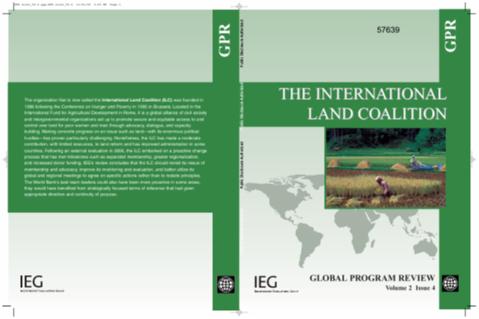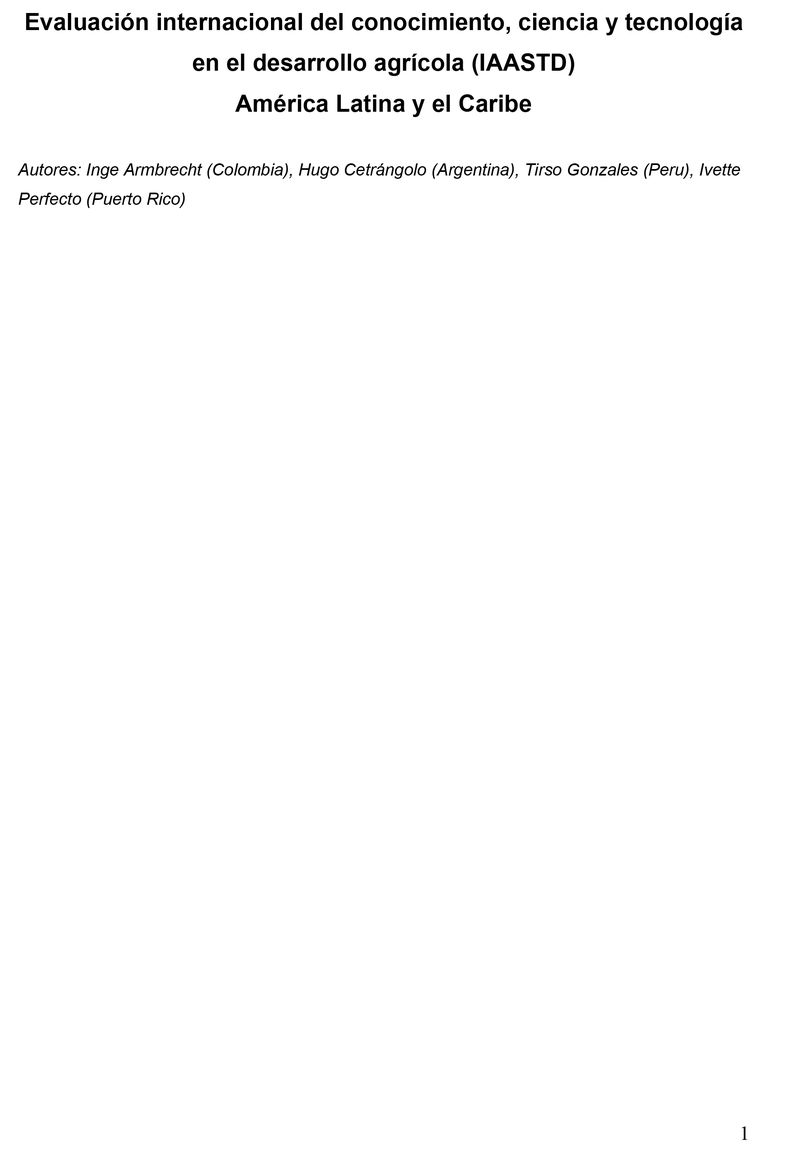A new start for Zimbabwe?
On the basis of work in Masvingo Province since 2000, and as part of an ongoing regional project on Livelihoods after Land Reform in Namibia, South Africa and Zimbabwe, offers challenges to 5 oft-repeated myths, that: Zimbabwean land reform has been a total failure; the beneficiaries of Zimbabwean land reform have been largely political ‘cronies’; there is no investment in the new resettlements; agriculture is in complete ruins; the rural economy has collapsed.






